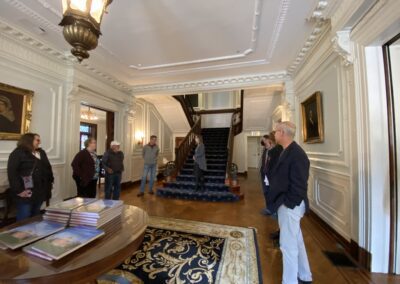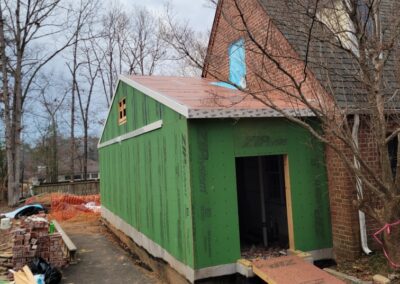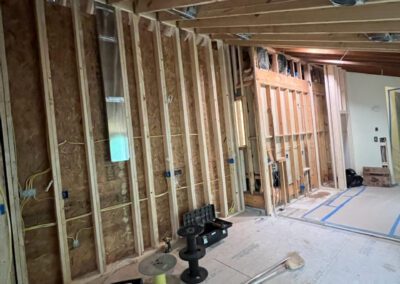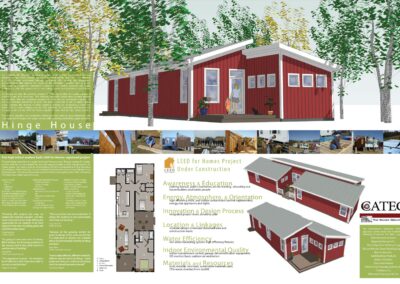We understand residents who are seeking accessible homes already face numerous challenges in their day-to-day lives. Our goal is to design accessible spaces that minimize these challenges and promote the highest quality of life and a sense of independence in everyday living. We prioritize creating both indoor and outdoor spaces that are conducive to varying gathering sizes and movement abilities while minimizing excessive ramping or paved surfaces.
There are a variety of standards that regulate the requirements for designing spaces that promote equal access for varying abilities including Fair Housing regulations, ADA, ANSI 117, Uniform Federal Accessibility Standards (UFAS), and Universal Design standards. Meeting these regulations can often be challenging, but we believe they can be an excellent opportunity to provide housing equality to all residents and visitors. Following and adapting to these regulations inspires our architects to be creative in the design process and deliver solutions that serve all abilities.
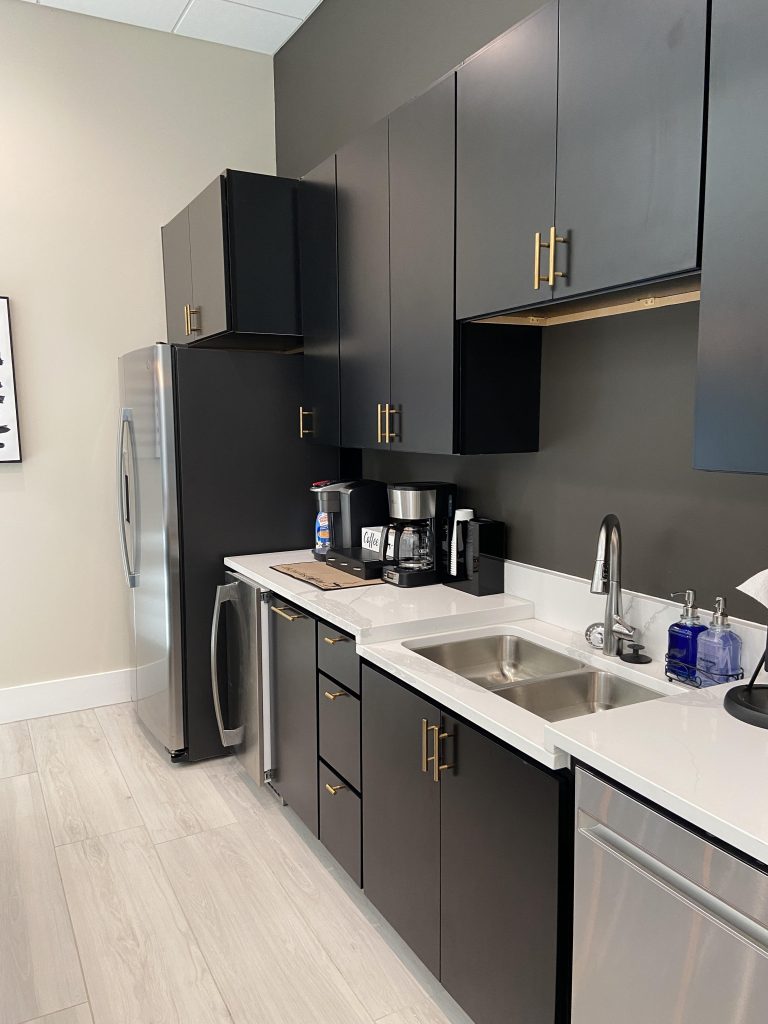
Although the different classifications of accessible homes can vary within a multifamily community, most homes do not require much more space than a standard kitchen or bathroom. The clearances required for these homes make the space more adaptable for people of all abilities, ensuring a functional arrangement that can be well utilized by everyone. Designing spaces that are adaptable to changing needs allows residents the ability to remain in their homes despite changes in health and mobility.
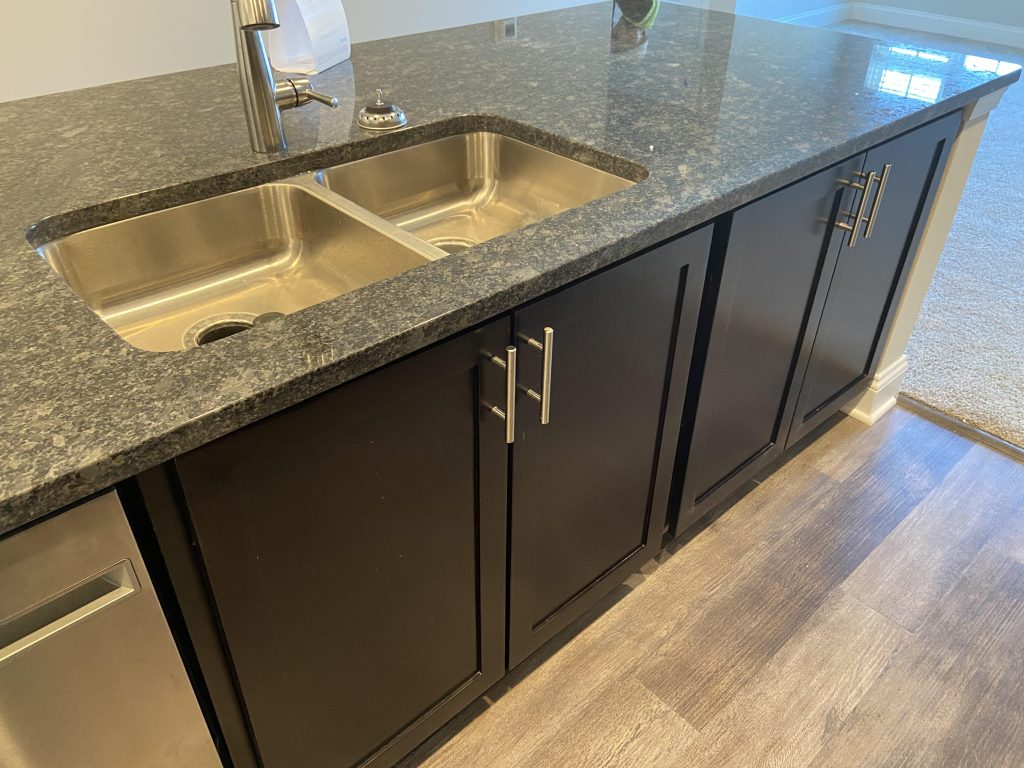
The biggest challenge in designing for accessibility in multifamily projects is creating accessible routes throughout the community. It is critical to provide easy access for people of all abilities to fully utilize all amenity spaces. One of our team’s favorite challenges is designing a swimming pool that can be used by many different ages and abilities. This is an example in which we consider specific pool depths, layouts, and entry points. In a previous project, the first apartment leased was a fully accessible home because the resident fell in love with the ramp access to the pool!
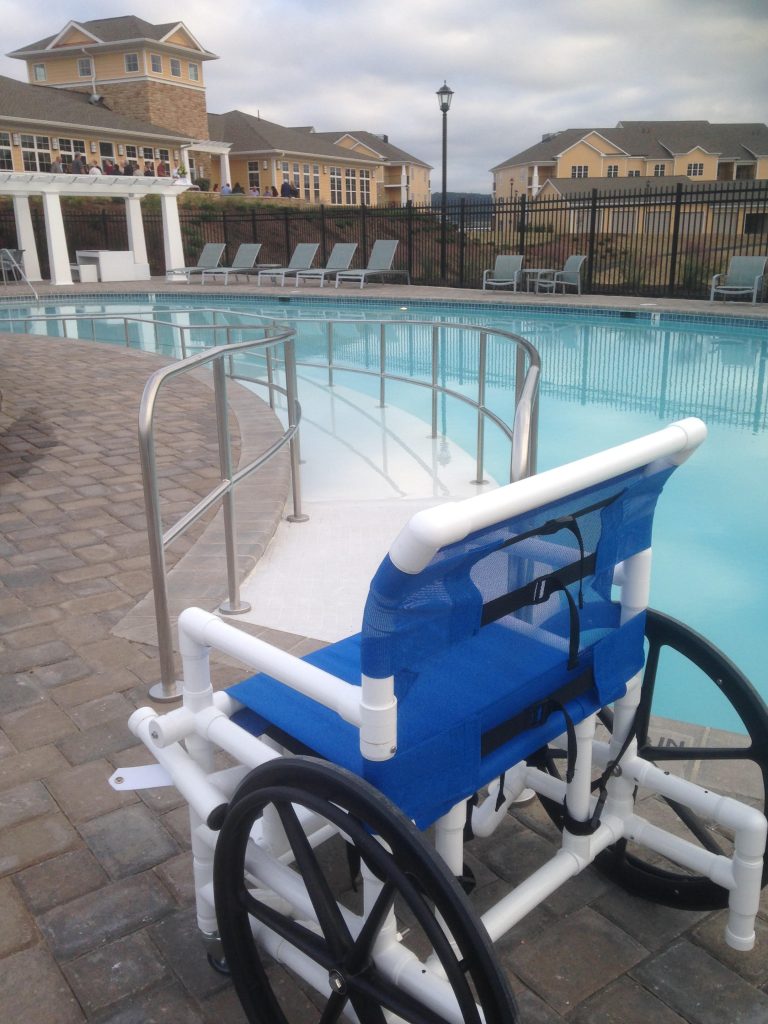
Blog post written by: Adrienne Stronge

